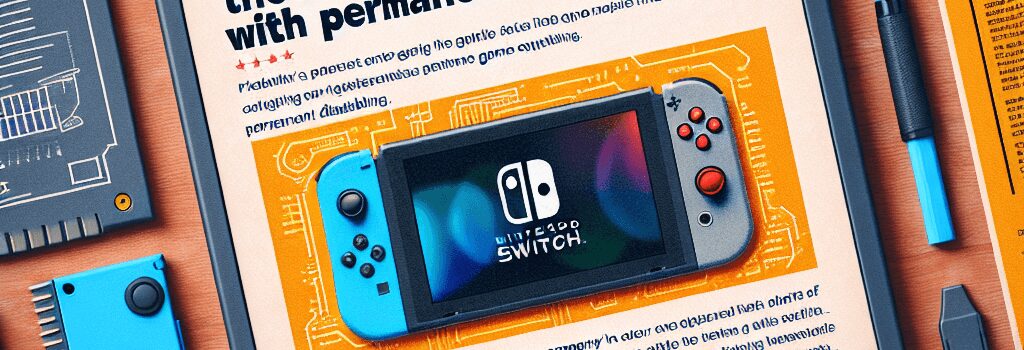Nintendo’s EULA Threatens Switch Hackers with Permanent Bricking

In a significant escalation of its anti-piracy efforts, Nintendo has updated its End User License Agreement (EULA) to include language that allows the company to “render the Nintendo Account Services and/or the applicable Nintendo device permanently unusable in whole or in part.” This addition, buried in the May 2025 Nintendo User Account Agreement, applies to both the current Nintendo Switch and the forthcoming Switch 2.
Key Changes in the May 2025 EULA
- Expanded definition of prohibited activity: “obtain[ing], install[ing] or us[ing] any unauthorized copies of Nintendo Account Services.”
- Prohibition on modifying or reverse-engineering system software: “modify, adapt, translate, reverse engineer, decompile, or disassemble all or any portion of the Nintendo Account Services.”
- New right to suspend accounts pre-emptively if Nintendo has “reasonable belief such a violation…will occur.”
- Explicit threat to brick devices at the firmware or bootloader level, not just issue network bans.
Technical Mechanisms: How Nintendo Could Enforce Bricking
While Nintendo has historically used network flags and serial‐based blacklists to bar hacking consoles from accessing online features, the new EULA hints at deeper integration with the Switch’s secure boot architecture. Switch consoles run on an NVIDIA Tegra SoC with a BootROM that verifies cryptographic signatures before loading system firmware. To permanently brick a console, Nintendo could:
- Blow One-Time Programmable (OTP) eFuses in the BootROM, disabling future firmware loads.
- Issue OTA updates containing payloads that corrupt the system’s bootloader partition, preventing any OS from initializing.
- Revoke device‐specific keys stored in the secure element, making repartitioned NAND unreadable.
Security researchers familiar with console hacking, such as the Team Xecuter group behind the SX Core modchip, note that once eFuses are blown or the bootloader is corrupted, standard recovery becomes impossible. In extreme cases, even authorized repair centers would be unable to restore functionality.
Legal and Ethical Implications
The severity of this policy shift raises questions about consumer rights and warranty law. Under many jurisdictions’ “lemon laws,” consumers have protections against defective products, but these shield users from manufacturer errors, not punitive actions for user modifications. Cybersecurity attorney Maria Chen of TechGuard Legal warns: “While Nintendo can write these clauses into a contract, courts may still scrutinize whether permanent bricking constitutes an unconscionable penalty.”
Community Response and Workarounds
Hackers and homebrew developers have historically circumvented Nintendo’s security measures using exploits like Fusée Gelée or Atmosphère custom firmware. Early reports from GitHub repositories indicate that some teams are working on patching the BootROM signature checks to allow recovery from bricked states—but these methods rely on hardware vulnerabilities that Nintendo may have already patched in production runs of Switch 2.
Expert Opinion: Deterrence vs. User Trust
Alex Rodriguez, a hardware security engineer at SecureConsole Inc., argues this move is a double-edged sword: “It’s an effective deterrent, but it risks alienating legitimate tinkerers who use mods for non-piracy purposes, like region-free backups.” Conversely, Nintendo’s legal counsel emphasizes the company’s responsibility to protect its intellectual property and ensure a uniform gaming experience.
What Switch Owners Should Know
- Always install official firmware from Nintendo to avoid triggering anti-tamper safeguards.
- Be cautious with any third-party accessory that claims to enable homebrew or pirated software.
- Backup save data via Nintendo’s cloud service—local NAND dumps may be inaccessible if your device is suspended or bricked.
Looking Ahead: The Battle Over Switch 2
With the Switch 2 slated for release later this year, Nintendo appears determined to integrate more robust hardware root-of-trust measures. Early teardowns suggest a move to a discrete secure enclave and on-die fuses that cannot be accessed once programmed. As the cat-and-mouse game between console manufacturers and hackers continues, Nintendo’s new EULA makes clear that the company is prepared to escalate enforcement to the hardware level.
— End of Article —